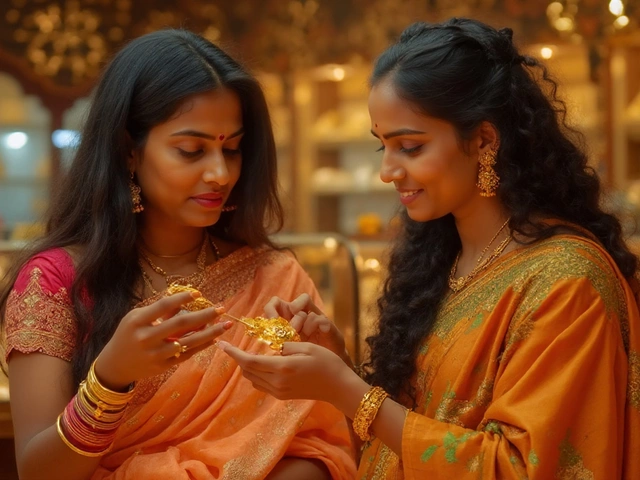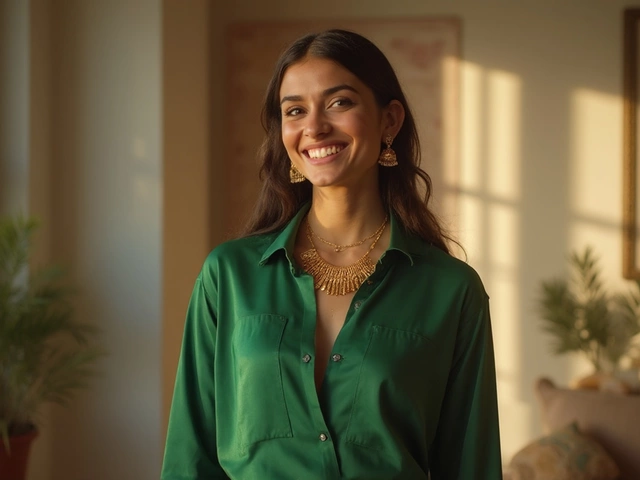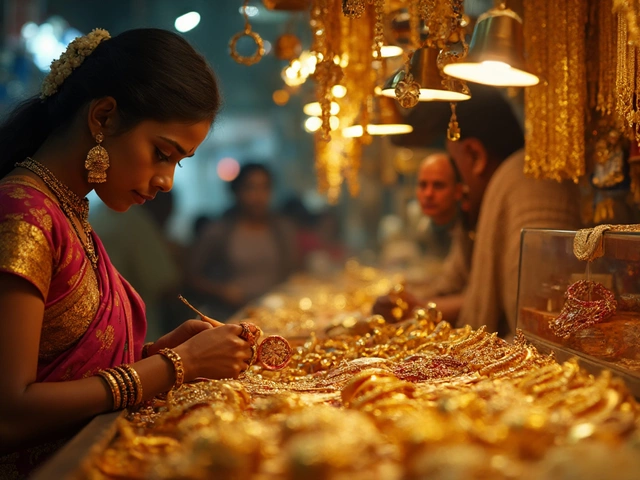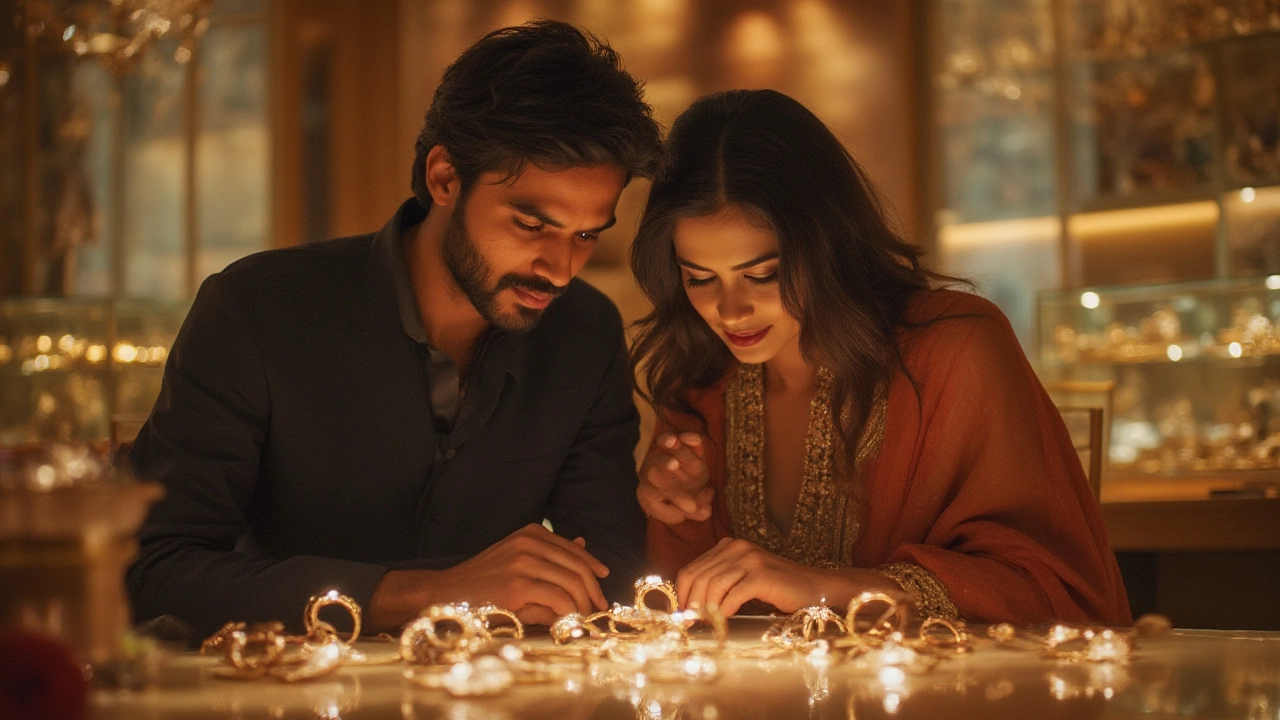
Diamond jewelry isn’t just a purchase—you’re locking in memories, maybe making a statement, or putting your savings to work in a shiny way. The Tanishq brand has been in every second wedding or engagement discussion I’ve heard among friends and family. If you ask my son Felix, he thinks diamonds are straight-up magic stones, while my cat Luna seems determined to knock them off the table. But beyond the showroom lights and clever marketing, does Tanishq actually deliver when it comes to diamonds, or is it just another big name riding on reputation? Let’s dig past the sparkle.
What Really Sets Tanishq Diamonds Apart?
Let’s start with cold facts. Tanishq is owned by the Titan Company, part of the Tata Group, so you’re not dealing with some random jewelry kiosk at the mall. They’ve built a rep for consistent quality control. But what is their diamond all about? For one, every diamond piece sold by Tanishq is certified—usually by known labs like IGI or SGL. These certificates aren’t just some extra paper; they matter a lot if you ever need to upgrade, sell, or simply want confirmation that you’re getting what you pay for. If you’re into numbers, around 90% of their diamond jewelry comes with recognized authentication—way above the local-jeweler market average in India.
One thing I noticed when browsing for my partner’s birthday last year is the range. Tanishq doesn’t only stack high-street solitaires but covers everything from minimalist diamond studs to fat cocktail rings. Still, not all that glitters is gold—or in this case, not every diamond is top-tier. Most of their mid-range collections use diamonds in the SI (Slightly Included) to VS (Very Slightly Included) range on clarity and an I-J-K color grade. If you’re dreaming of flawless D-color stones, this isn’t the spot. But it’s also not trying to be Harry Winston. Tanishq focuses on reliable quality that fits most budgets, not the unicorns of the diamond world.
For those really obsessed with figures and comparison, here’s a quick breakdown, put simply:
| Feature | Tanishq Standard | Typical Local Jeweler |
|---|---|---|
| Diamond Certification | IGI/SGL – 90%+ pieces | Not Standard |
| Return Policy | 15-Day easy return | Variable/None |
| Buyback Value | ~80%+ of current value | Often less/not reliable |
| Clarity Range | SI to VS | SI2 to I1, but not always disclosed |
| Color Range | I-K (mostly) | J-L (often lower) |
Here’s another point parents like me love: Tanishq is probably the only major Indian jeweler with a proper kid’s collection. Some pieces are even sturdy enough to survive Sparky’s tail-wagging!
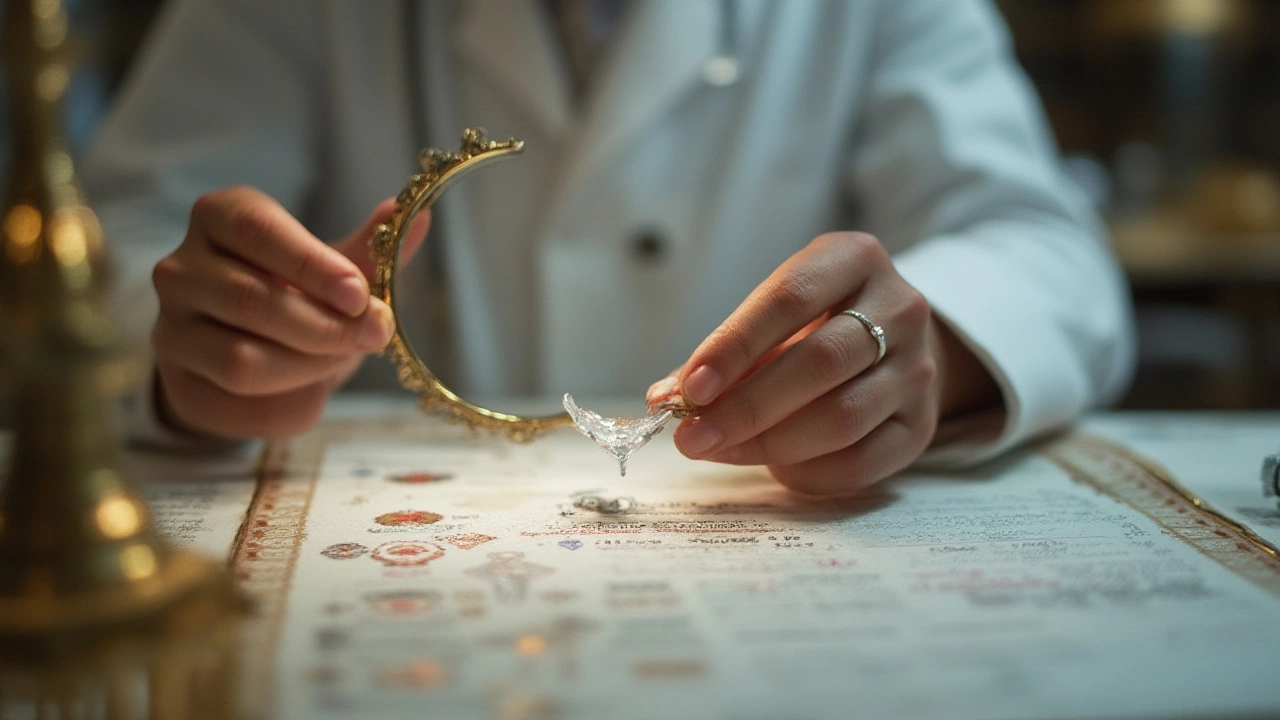
Pros, Pitfalls & Everyday Experiences
Let’s get blunt. You’re probably wondering, “Are Tanishq diamonds a safe bet, or could I regret this purchase?” The easy bit: your *money* is nearly always safe. Why? First, the widespread brand name kills off most resale hassles (people trust big names when buying used jewelry). Unlike neighborhood stores that might fudge clarity grades or sneak in lab-grown stones, Tanishq is strict—every diamond is insured for natural origin. Yes, that means no surprise synthetic gems unless you specifically pick from their new lab diamond section, which is clearly marked. No sketchy dealings here.
But safe isn’t always thrilling. When Felix asked me if diamonds could “bounce like marbles,” it reminded me how most buyers don’t see the small stuff that separates okay diamonds from crazy-expensive ones: slight color tints, tiny inclusions, weird florescence. Tanishq diamonds shine, but they usually don’t hit that ice-clear, ‘wow’ factor you’d find with the top 5% stones in a global market. Great for daily wear or small statement pieces, but if you’re aiming for bragging rights at the next high-society club, you’ll pay much, much more elsewhere.
There’s also the issue of brand markup. You see, Tanishq charges for trust, after-sales service, and the safety of buying from a corporate chain. Their polish and craftsmanship are solid—better than unbranded stuff—but you naturally shell out more. On average (I geeked out on some shopping comparisons), expect to pay 10–20% above local or online sites for the same diamond carat and grade. That premium covers a lot of peace of mind, though: their repairs, lifelong cleaning, and standardized gold purity tests have saved my bacon twice when Luna decided to treat my wife’s diamond earrings as cat toys.
If you shop during festivals or wedding season, you might get slightly old stock, but every sales executive is trained to answer questions about the 4Cs—cut, color, clarity, and carat. Don’t be shy about grilling them or checking the certificate number. Ask for extra cleaning or a new certification if your chosen piece’s doc looks older than two years. These little steps land you better value.
So, are there real-life letdowns? Sometimes, yes. A few people do feel some stones aren’t as bright as showpieces in international shops. And, when you need a custom design, be ready to wait up to two months, since most stuff is mass-produced to set models. Felix would call that “waiting forever.”
- Always check the diamond’s gradation and ask for a direct light view—fluorescent-lit showrooms can mask minor flaws.
- During the Diwali rush, try shopping on off days, like Tuesdays, to get more attention from staff. You’ll often get better service and more time with the jeweler’s loupe.
- Don’t be afraid to compare prices on Tanishq’s site and in-store; there are sometimes exclusive online-only offers tucked away.
- Keep every receipt and certification—especially if Sparky or Luna get at the jewelry again.
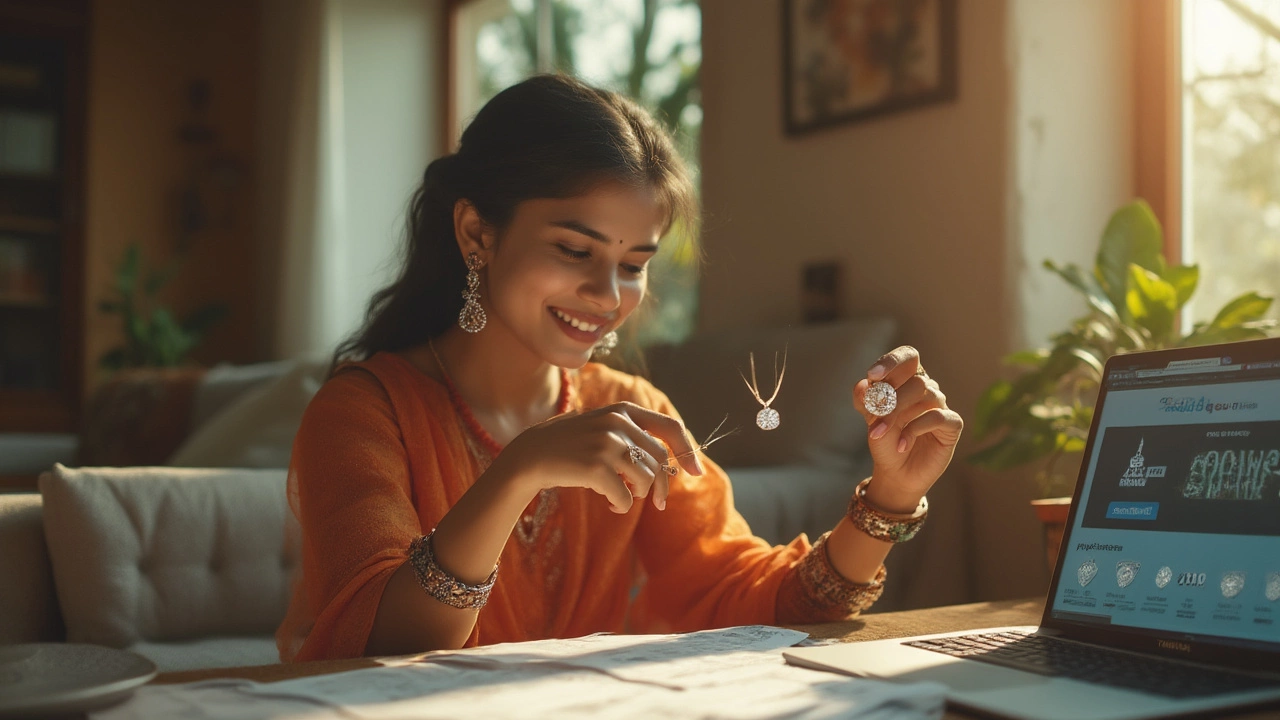
The Real-World Value: Should You Trust Tanishq Diamonds?
People don’t buy diamonds every day, unless you’re a socialite or own a jewelry blog. Most of us go for something special—a wedding, an anniversary, a promotion. The burning question: is the Tanishq diamond ‘good’, or are you just playing it safe with an okay option?
Diving deeper, it’s about what you value more—top-tier sparkle or peace of mind and service. If you care about strong resale policy, zero haggling, and a clear upgrade route for later (“the Felix college fund” level upgrade, maybe), Tanishq is almost unbeatable in India. Their resale offers are streamlined, and unlike lesser-known shops, there are no fights over gold purity deductions. But if you want those rare, almost-perfect diamonds, it’s worth shopping around international retailers, or even certified boutique jewelers who can source on request—just brace for higher price tags and weaker buyback.
Here’s a tip if you’re looking for lasting value: stick to classic designs or pieces from Tanishq’s flagship diamond collections. Trendy cuts can lose their charm (and resale value) quickly. The best picks are always solitaire rings, studs, or elegant pendants with high-polish gold settings. Felix once tried to convince me to buy a crown-shaped ring, which might get giggles in kindergarten but not so much love as he grows older.
Also, real stories beat reviews. One friend swapped her wedding ring at Tanishq four years later without hassle, and the payout was higher than she expected. Another got a custom necklace reset after Luna straight-up ran through a bowl of fish and bounced shards right onto the chain—Tanishq handled the repair and remount within a week without a fuss (and yes, Luna survived). You pay for that backing—so decide if the comfort is worth it. Sure, you *could* hunt out a marginally brighter diamond on the global market, but Tanishq’s reputation can tip the scales when you aren’t a gemological expert.
So, after all that: Is a Tanishq diamond good or bad? For most buyers who want reliability, honest certification, and the best mix of brand and buyback in India, the answer leans solidly toward good. Just be realistic—if you’re diamond shopping for show-stopping stones or international gem trade, look wider. But for everything else—gifts, investment, family milestones, or Luna-proofing your jewelry box—Tanishq ticks almost every box you’ll need.
